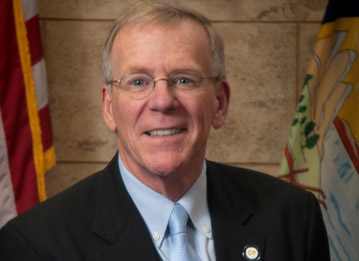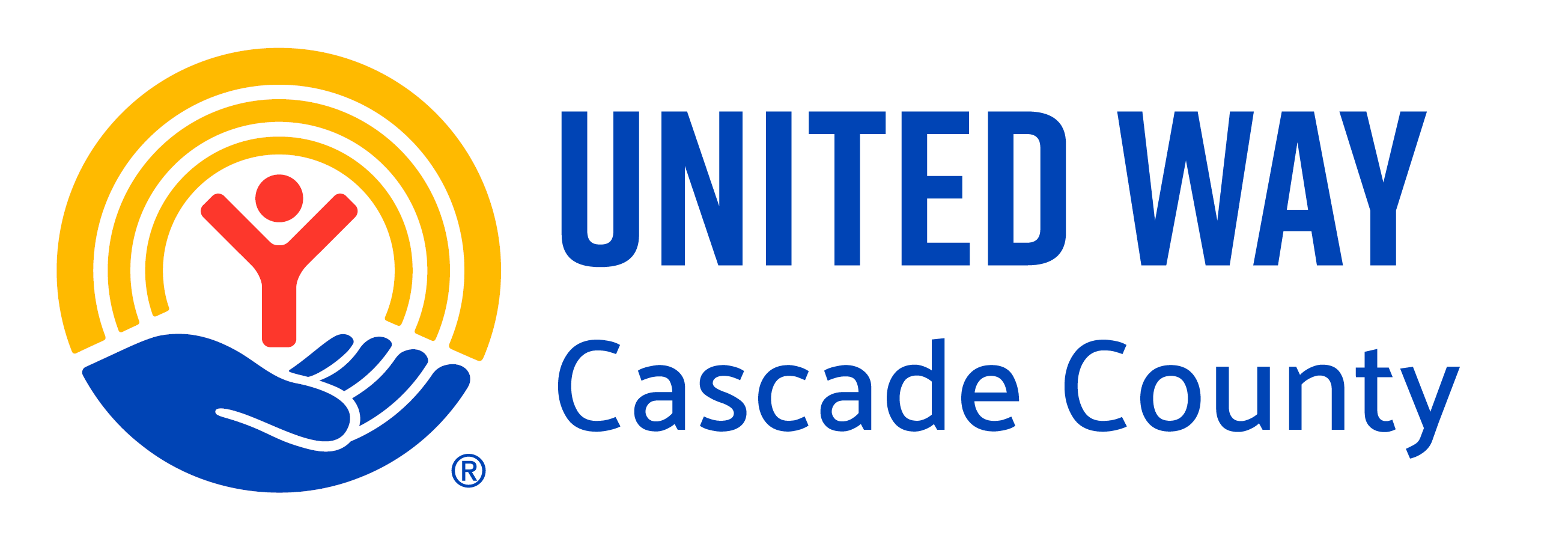“This is a group that’s on the ground – in the bushes – working with people. What we have is a structure that has blended all the silos together under one big roof. All of the agencies are continuing their functions but all their assets are brought together to help these individuals.”
-- Mayor Bob Kelly

In April 2016, nearly 200 people gathered in the Civic Center to find long-term solutions for homeless vets as part of a national initiative called the Mayor’s Challenge to End Veteran Homelessness.
United Way stepped up to the plate, partnering with Great Falls Mayor Bob Kelly. The goal is to reach out to agencies and nonprofits who have a stake in helping homeless and veterans in our community, and United Way was the perfect organization to achieve that goal.
The problem they were addressing:
- Additional barriers such as trauma, injury, and addiction
- Veterans without access to services (dishonorably discharged)
- Resources being available but not accessed
Consequently, Kelly said what began with homeless veterans needed to expand to find solutions that would help all homeless people in Great Falls.
The problem stretched beyond just veterans and was not easily categorized. St. Vincent de Paul sees people almost daily who have unique needs like getting a birth certificate or a work uniform. But most agencies rely on grant funding or donations that have restrictions on how it can be used.
The strategy for solution came in two parts; diversion and centralized intake.
The success of the program’s dual focus has shown. Of 68 families and individuals on a list of potential candidates for help, 51 have been placed in permanent housing.
So what is diversion? The strategy is simple and effective – find the relatives and friends in a homeless person’s life and remove any barriers that prevent them from helping. For example, a single mom is living with her sister until the two have a fight because the mom’s teenage son eats so much food.
The answer may be as easy as having a third person calm everyone down and find resources that can provide additional food for the family.
The strategy certainly shows results. In a Canadian community implementing diversion homelessness was reduced by 70 percent. Even better, only 5 percent of those families and individuals returned to ask for help.
This kind of progress is not possible without resources. Solving the car battery problem requires the donations necessary to get a car battery. United Way addressed this problem and gathered $10,000 from local donors to create a flexible fund that can be used to solve easy problems that prevent stability in homeless people’s lives. It could fix a car battery that enables someone to keep her job or to pay the fee for someone to get a driver’s license.
So, diversion is effective in solving the smaller problems first so the homeless can focus on the bigger issues that keep them homeless which leads to the second part of the strategy, centralized intake.
GIVE TO PREVENT HOMELESSNESS
ADVOCATE
CITY & COUNTY
City and county officials have an impact on efforts to help families find stable housing. Contact local commissioners and ask them to be mindful of the issue when setting policy on the following:
- Housing options including low-income housing
- Mental Health/Substance Abuse services
- Public Transportation & Public Safety
- Crisis/Disaster Management
- CDBG/HOME funds
- Access to public restrooms and clean water sources
- Best practices for police response
- Support for Treatment Courts, Mental Health Courts
Local officials also can play a leadership role in helping other local governments respond to homelessness as close to the problem as possible.
Ask local officials to advocate for support from State CoC (GF is the only big 7 community that doesn’t receive direct CoC funding).
CLICK HERE to contact City Commissioners
CLICK HERE to contact County Commisioners
State legislators and the governor play a critical role in funding affordable housing and mental health services -- two of the biggest barriers we see in preventing homelessness in Cascade County.
Despite 1 in 10 unhoused people in the state living in Cascade County, we do not receive state support for our homeless efforts. Cascade County is the only one of the state's seven largest to not receive funding for our Continuum of Care homeless initiative.
CLICK HERE to identify and contact your legislator.
Federal funding is needed to provide affordable housing and mental health services. Federal funding also provides critical support for local schools' efforts to support homeless students.
Additional federal support of the Continuum of Care would provide more dollars at the state level to add funding for Cascade County.
Click the below links for each of Montana's federal leaders to contact them:
These agencies are working together as part of the Continuum of Care homeless initiative:
- Alliance for Youth/YRC
- Alluvion Health Care
- American Red Cross
- Benefis Health Systems
- Center for Mental Health
- City County Health Dept
- City of Great Falls
- Continuum of Care (state coordinator)
- District Court
- Family Promise
- Gateway Recovery Services
- Great Falls Housing Authority
- Great Falls Public Library
- Great Falls Public Schools
- Great Falls Rescue Mission
- Housing & Urban Development technical consultant
- Indian Health Clinic
- Interfaith Association
- MT Office Probation and Parole
- Mountain Pacific Quality Health
- NeighborWorks
- North Central Independent Living Services
- Opportunities, Inc
- Rural Dynamics, Inc
- Salvation Army
- St Vincent de Paul/Grace Home
- United Way
- Veteran representative
- Veterans Administration
- Voices of Hope/2-1-1
- Volunteers of America
- Young Parents Education Center
- YWCA Mercy Home
